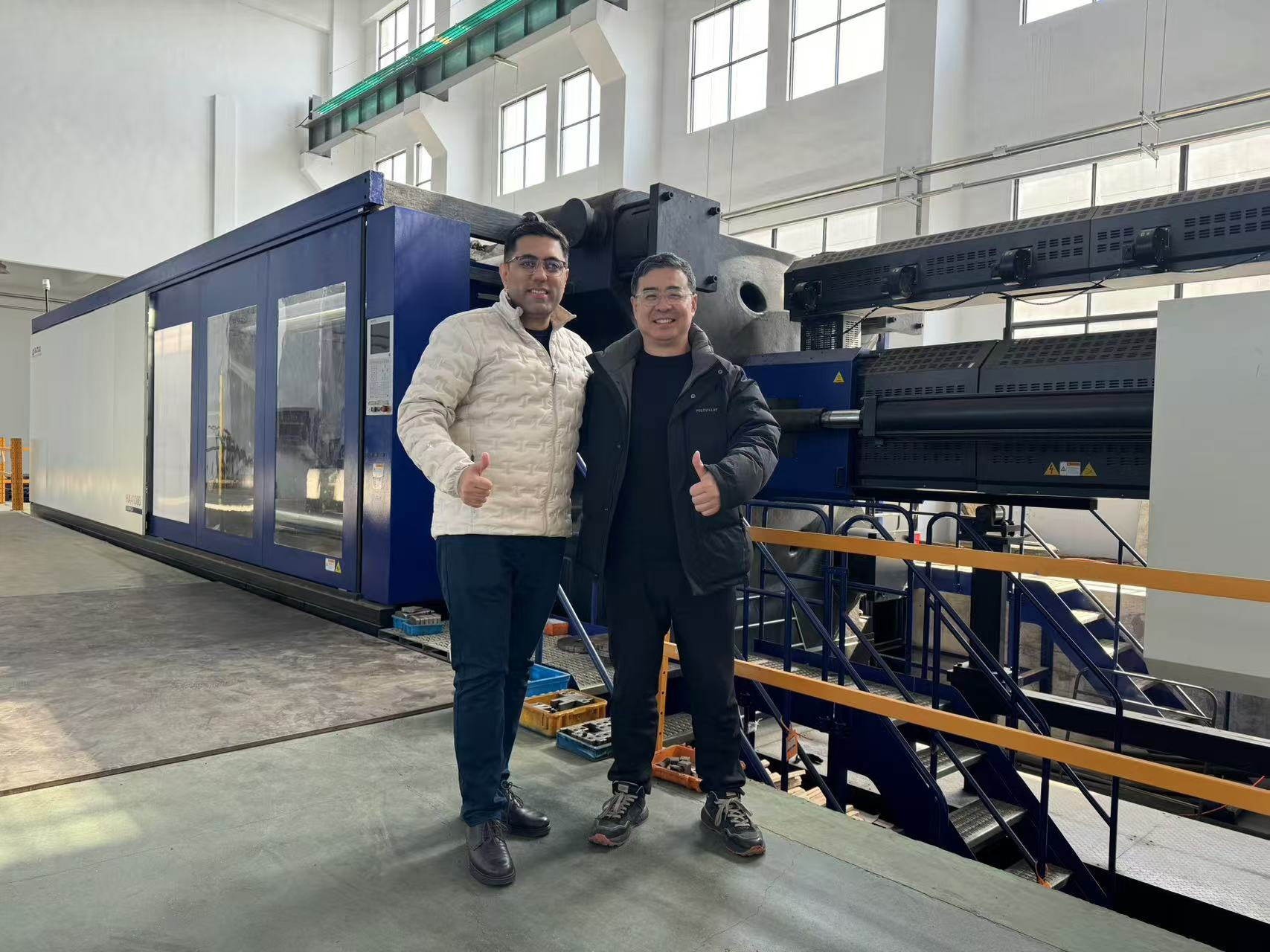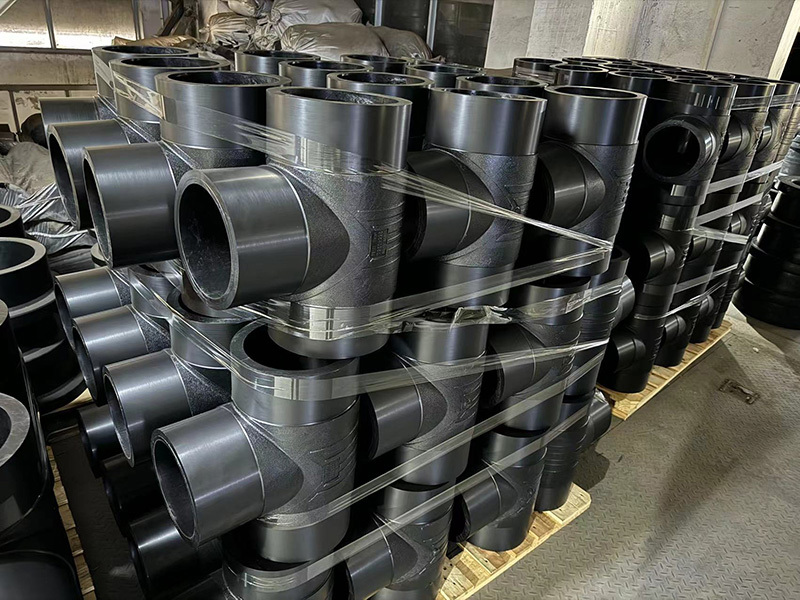Upgrade Your Plumbing System with PE Fitting Stub End Solutions for Enhanced Performance
Jan 05,2025

Upgrade Your Plumbing System with PE Fitting Stub End Solutions
Table of Contents
- 1. Introduction to PE Fitting Stub End Solutions
- 2. Understanding PE Fittings: An Overview
- 3. Key Benefits of Using PE Fitting Stub Ends
- 4. Installation Guide for PE Fitting Stub Ends
- 5. Maintenance and Care for PE Fitting Stub Ends
- 6. Common Issues with PE Fitting Stub Ends and Solutions
- 7. Environmental Impact of PE Fittings
- 8. Conclusion
- 9. Frequently Asked Questions
1. Introduction to PE Fitting Stub End Solutions
In today's fast-paced world, **upgrading plumbing systems** with reliable and efficient materials is crucial. One such innovation is the **PE fitting stub end**, a solution that enhances performance and longevity. This article delves into the features, benefits, and installation of PE fitting stub ends, positioning them as an essential upgrade for modern plumbing.
2. Understanding PE Fittings: An Overview
**Polyethylene (PE) fittings** are integral components in plumbing systems, primarily used for piping connections. They are known for their **high resistance to corrosion**, flexibility, and lightweight nature. PE fittings, particularly stub ends, provide vital connections between **pipes and valves**, ensuring efficient flow and reducing leaks.
2.1 What is a Stub End?
A stub end is a specific type of fitting used at the end of a pipe to create a **permanent connection**. It allows for easy connection to a flange or another fitting without extensive alterations to existing piping systems. The design of stub ends minimizes pressure loss, making them ideal for various applications.
3. Key Benefits of Using PE Fitting Stub Ends
The adoption of PE fitting stub ends in plumbing systems offers a range of advantages:
3.1 Durability and Longevity
PE materials exhibit excellent resistance to stress cracking and impact, ensuring the **longevity** of your plumbing system. This durability translates to **fewer replacements** and reduced maintenance costs over time.
3.2 Corrosion Resistance
Unlike metal fittings, which can corrode over time, PE fittings resist the damaging effects of moisture and chemicals. This resistance ensures that your plumbing remains **functional and safe** for years to come.
3.3 Flexibility and Ease of Installation
The lightweight nature of PE fittings facilitates **easy handling and installation**, even in tight spaces. Their flexibility allows for adjustments during installation, ensuring a secure fit in various configurations.
3.4 Cost-Effectiveness
By reducing the need for frequent replacements and maintenance, PE fitting stub ends prove to be a **cost-effective solution** in the long run. Their initial cost may be higher than traditional fittings, but the savings in maintenance and longevity outweigh the upfront expense.
4. Installation Guide for PE Fitting Stub Ends
Installing PE fitting stub ends requires attention to detail and the right tools. Here’s a comprehensive guide to ensure a successful installation.
4.1 Tools Required for Installation
Before beginning the installation, gather the following tools:
- Pipe cutter or saw
- Measuring tape
- Deburring tool
- Heat source (for heat fusion)
- Pipe clamps
- Safety gloves and goggles
4.2 Step-by-Step Installation Process
To install PE fitting stub ends, follow these steps:
1. **Measure and Cut**: Measure the required length of the pipe and use a pipe cutter or saw to achieve a clean cut. Ensure there are no burrs or sharp edges by deburring the cut end.
2. **Prepare the Fitting**: Inspect the PE stub end fitting for any defects. Ensure that the fitting is clean and dry before proceeding.
3. **Align and Secure**: Place the stub end onto the prepared pipe. Use pipe clamps to secure the fitting in place temporarily.
4. **Heat Fusion** (if applicable): If using heat fusion, apply heat evenly around the fitting and pipe until the material becomes pliable. Join the pieces together, holding them firmly until they cool and bond.
5. **Test for Leaks**: Once installed, conduct a pressure test to ensure there are no leaks. This step is crucial to confirm the integrity of the connection.
5. Maintenance and Care for PE Fitting Stub Ends
To maintain the efficiency of your plumbing system, regular care for PE fitting stub ends is essential. Consider the following maintenance tips:
5.1 Regular Inspections
Conduct routine inspections of your plumbing system to identify any signs of wear or damage. Look for cracks, leaks, or misalignments in the fittings.
5.2 Cleaning
Keep the fittings clean from debris and buildup. A gentle scrub with a non-abrasive cleaner can help maintain their integrity without causing damage.
5.3 Monitor Pressure Levels
Monitoring the pressure levels within your plumbing system can prevent excessive stress on the fittings. Ensure your system operates within the recommended pressure range.
6. Common Issues with PE Fitting Stub Ends and Solutions
While PE fitting stub ends are highly reliable, issues can occasionally arise. Here are some common problems and their solutions:
6.1 Leaks at Connection Points
**Solution**: Ensure that all connections are properly fused or secured. If leaks persist, consider re-installing the connection with the correct tools and techniques.
6.2 Brittle Fittings
**Solution**: Exposure to extreme temperatures can cause PE fittings to become brittle. Avoid placing them in environments with extreme heat or cold, and replace any damaged fittings immediately.
7. Environmental Impact of PE Fittings
PE fittings are not only practical but also environmentally friendly. They can be manufactured using **recycled materials**, reducing the carbon footprint associated with plumbing installations. Additionally, their longevity means fewer materials are required for replacements, contributing to a more sustainable plumbing solution.
8. Conclusion
Upgrading your plumbing system with **PE fitting stub end solutions** presents an excellent opportunity to enhance efficiency, durability, and overall performance. By understanding the benefits and installation processes, you can make informed decisions that will serve your plumbing needs for years to come. As you consider your options, remember that investing in high-quality materials like PE fittings leads to **long-term savings and environmental benefits**.
9. Frequently Asked Questions
Q1: What are the main advantages of using PE fitting stub ends?
A1: PE fitting stub ends offer durability, corrosion resistance, flexibility, and cost-effectiveness compared to traditional materials.
Q2: How do I install PE fitting stub ends?
A2: Installation involves measuring and cutting the pipe, preparing the fitting, aligning and securing them, applying heat fusion if necessary, and testing for leaks.
Q3: Are PE fittings environmentally friendly?
A3: Yes, PE fittings can be made from recycled materials and have a longer lifespan, contributing to sustainability by reducing waste.
Q4: How often should I inspect my plumbing system with PE fittings?
A4: Regular inspections at least once a year are recommended to identify any potential issues early and maintain system integrity.
Q5: Can I repair a leaking PE fitting stub end?
A5: Yes, leaking connections can be repaired by ensuring proper fusion and installation techniques are applied. If issues persist, consider replacement.
By following this guide, you can confidently upgrade your plumbing system with PE fitting stub ends, ensuring a reliable and efficient infrastructure for your needs.
Contact Us
E-mail:
gjl@jydjsy.com
Mr.Gu (Tel):
86-18961696788 / 86-510-86378220
Tel:
86-510-86370651 / 86-510-86371315




